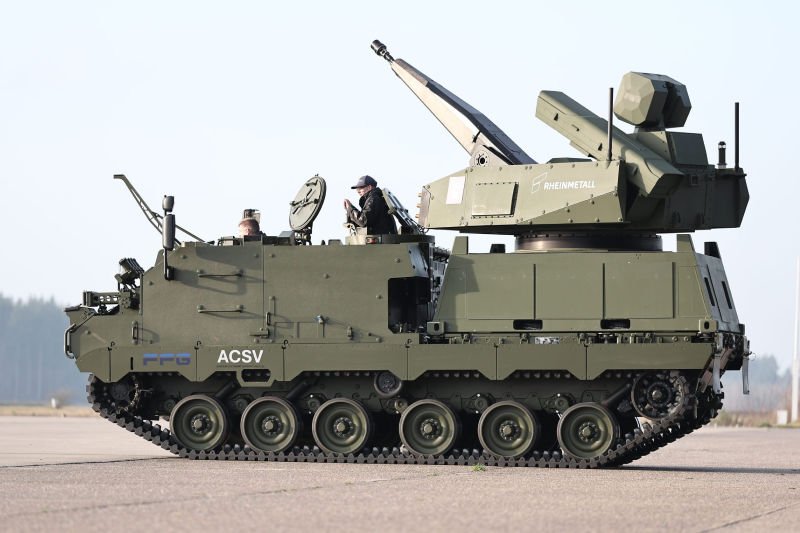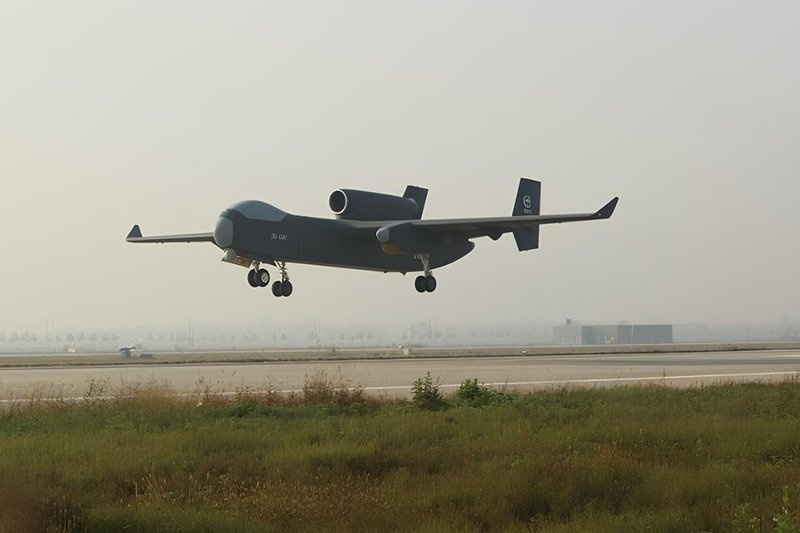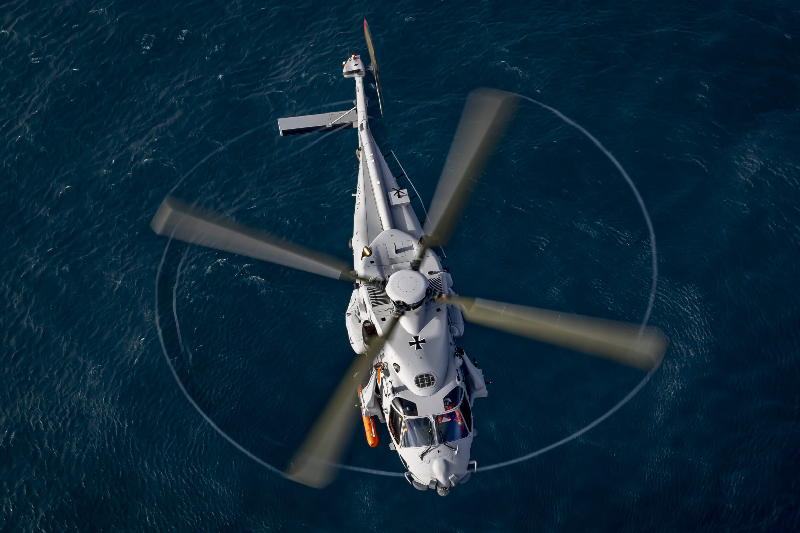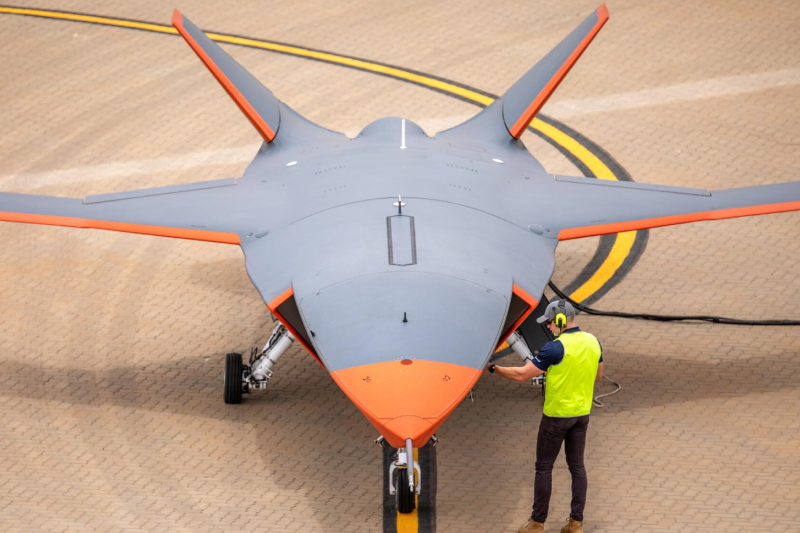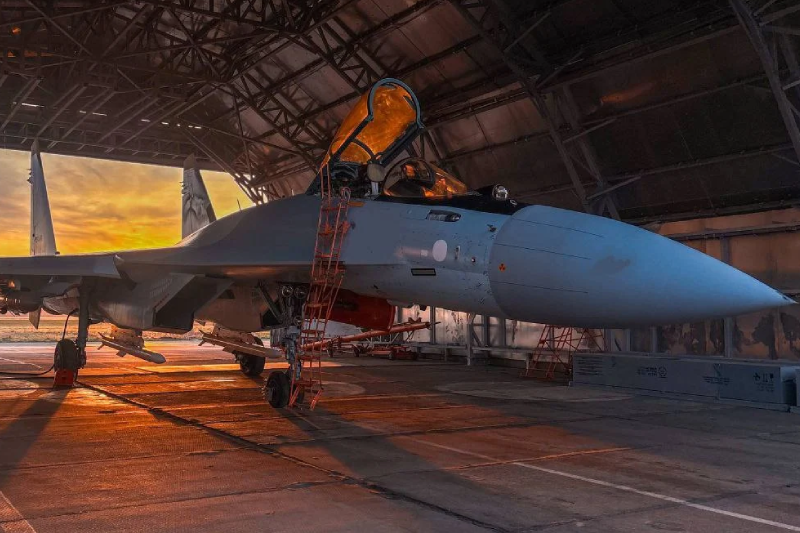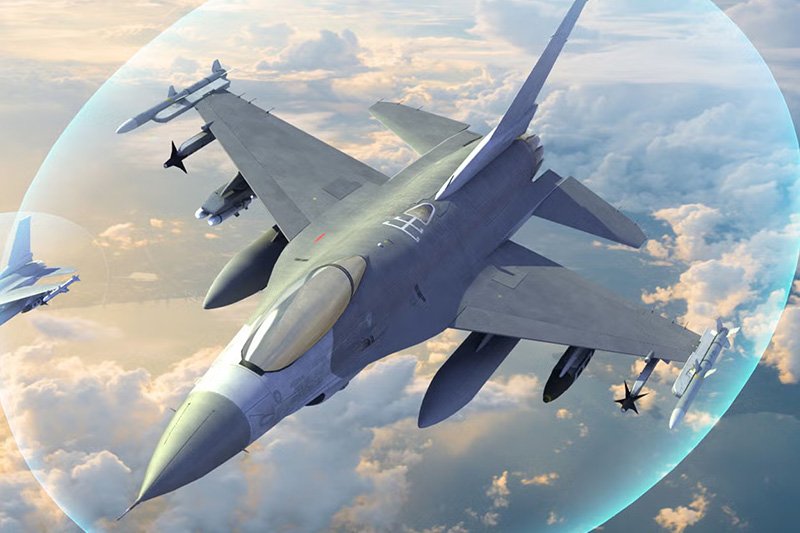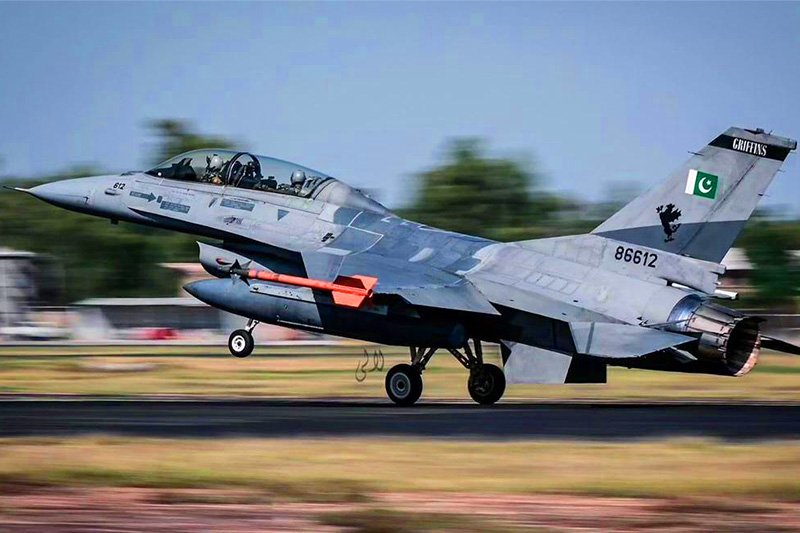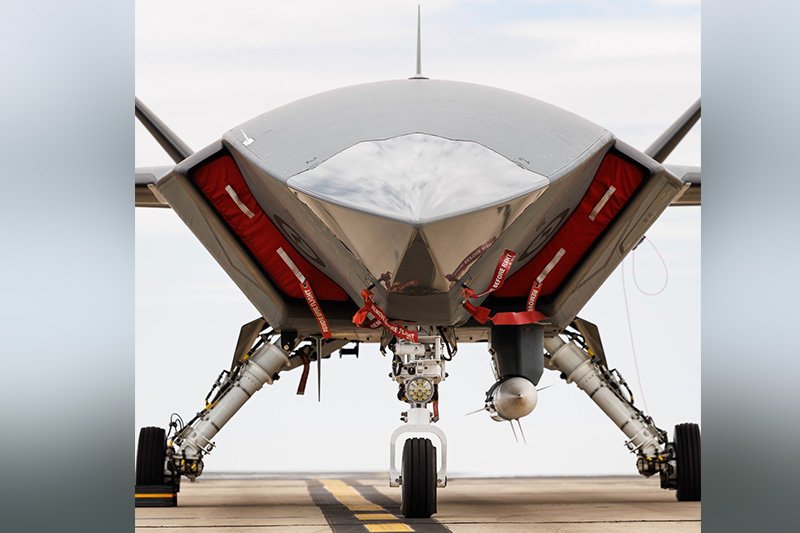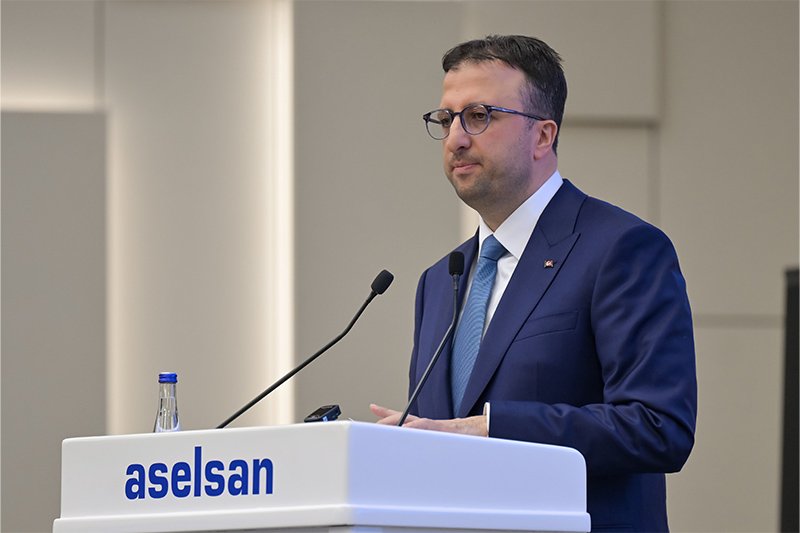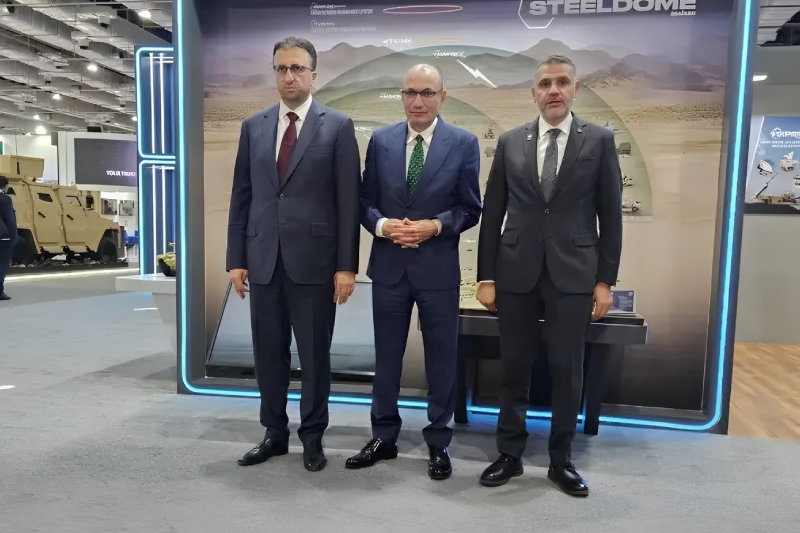Indian Air Force’s LCA Program Review Unveils Delays
The Indian Air Force (IAF) has undertaken a comprehensive review of its Light Combat Aircraft (LCA) program, which has shed light on both its progress and ongoing challenges. Air Chief Marshal VR Chaudhari, Chief of the Indian Air Staff (CAS), led this evaluation at the Air Headquarters. The review garnered the participation of key stakeholders, including officials from the Ministry of Defence, DRDO (Defence Research and Development Organisation), HAL (Hindustan Aeronautics Limited), and ADA (Aeronautical Development Agency). The purpose of this evaluation was to closely scrutinize the trajectory and status of the LCA program, a venture that has been in the works for several decades. Discover how the Indian Air Force’s LCA Program Review unveils delays, exploring reasons, impact, and potential solutions.
The Ongoing Quest for Self-Reliance
CAS set the tone by underlining the importance of the Light Combat Aircraft (LCA) program in enhancing the indigenous capabilities within the Indian Air Force’s aircraft fleet. The program is often touted as a cornerstone of the nation’s self-reliance goals, in line with the “Atmanirbhar Bharat” (self-reliant India) and “Make in India” initiatives. While the ambition is commendable, it is vital to acknowledge that the journey has been marked by persistent challenges. The LCA program, conceived back in the 1980s, continues to strive for a level of maturity and operational effectiveness that has proven elusive over the years.
A Long Path to Deliveries
The review offered some positive notes, particularly in the delivery of contracted fighter variants of LCA Mk 1 to the Indian Air Force. However, these achievements have to be considered in light of the prolonged timeline. The fact that the LCA program has taken several decades to reach this stage indicates that the challenges it faces are substantial and persistent. The journey has seen promises of timely deliveries met with delays, and the twin-seater variants, while eagerly awaited, have not arrived as promptly as expected.
The Shadow of JF17 Thunder
In the broader context of contemporary supersonic combat aircraft, the HAL Tejas stands as a testament to India’s ambitions. However, it’s important to acknowledge the shadow cast by the Pakistan-made JF17 Thunder. The JF17 Thunder has not only achieved operational status but has also been battle-proven, effectively engaging in combat situations. Additionally, a significant portion of the JF17 Thunder’s avionics is locally produced, showcasing the nation’s technological capabilities. This comparison highlights the gap that the LCA program still needs to bridge.
Read This: Indian Army inducted SWATHI Weapon Locating Radar
The HAL Tejas: A Continuing Journey
The HAL Tejas, often referred to as “Radiance,” was born from the LCA program’s aspirations. While it has made strides, it’s essential to remember that it’s still a work in progress, and its timeline spans back to the 1980s. The challenges faced by the program have resulted in a journey marked by delays and uncertainties. While the commitment of the stakeholders is evident, it’s equally clear that the complexities of developing a capable combat aircraft have tested even the most experienced minds in the field.
Embracing the Lessons
The review, despite highlighting the ongoing challenges, also underscores the value of the journey itself. The dedication of all stakeholders, including the Indian Air Force, HAL, DRDO, and ADA, cannot be denied. The lessons learned from the LCA program will undoubtedly shape the trajectory of India’s future defense endeavors. As the program continues its journey, the aim is not just to achieve operational capabilities but also to refine and evolve the nation’s expertise in aerospace technology.
Keep connected with us at Facebook, Twitter, YouTube, Instagram & TikTok for the latest defense happenings around the globe.
Discover more from International Defence Analysis
Subscribe to get the latest posts sent to your email.


